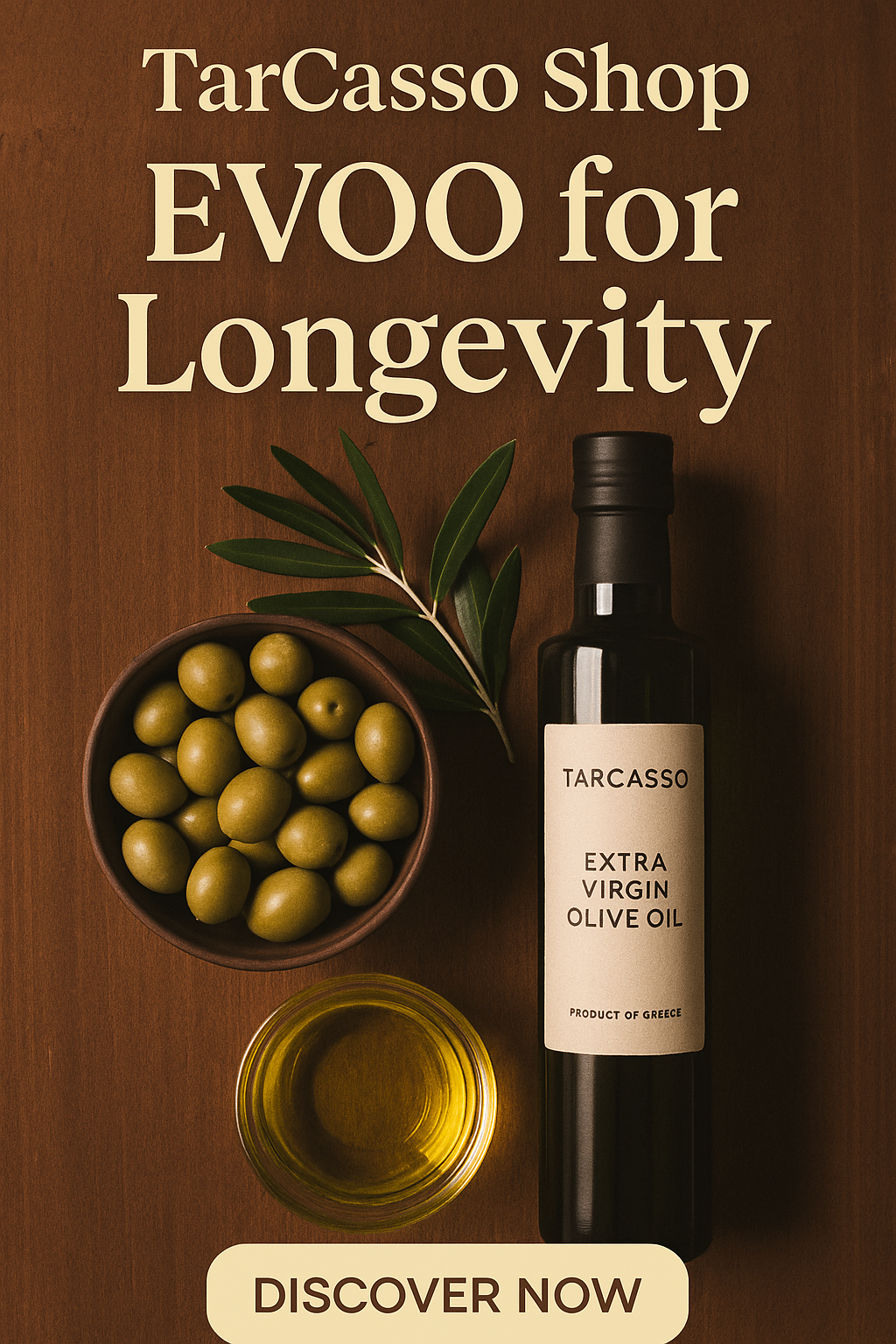Soffritto is a fundamental building block of Italian cuisine, serving as the aromatic base for countless dishes. This simple yet flavorful mixture of finely chopped vegetables forms the foundation for classics like Bolognese sauce and braised ox cheeks (guanciale di manzo brasata).
History and Origin
Soffritto’s roots can be traced back to medieval Europe. The technique first appeared in the Catalan cookbook “Libre de Sent Soví” around 1324, where it was referred to as “sofregit.” The word “soffritto” comes from the Italian verb “soffriggere,” meaning to lightly fry. This cooking method spread throughout Europe, influencing French (mirepoix) and Italian cuisines before Spanish colonists brought it to the Americas.
Classic Italian Soffritto Recipe
Ingredients:
- 1 medium onion, finely diced (about 1 cup)
- 1 medium carrot, finely diced (about 1/2 cup)
- 1 celery stalk, finely diced (about 1/2 cup)
- 2-3 tablespoons high-quality extra virgin olive oil (such as TarCasso)
Instructions:
- Finely dice the onion, carrot, and celery. The vegetables should be cut into uniform, small pieces for even cooking.
- Heat the extra virgin olive oil in a large skillet over low to medium heat.
- Add the diced vegetables to the skillet.
- Sauté the vegetables slowly, stirring occasionally, for about 10-15 minutes. The key is to cook them until they’re softened and slightly golden, but not browned.
- Your soffritto is now ready to use as a flavorful base for various Italian dishes.
Tips for Perfect Soffritto
- Use high-quality extra virgin olive oil, such as TarCasso, for the best flavor. The oil’s quality significantly impacts the final taste of your dishes.
- Cook the soffritto slowly over low heat. This allows the flavors to meld together and develop depth.
- The traditional ratio for soffritto is 2:1:1 for onion, carrot, and celery.
- For convenience, you can make a large batch of soffritto and freeze it in portions for future use7.
By mastering this simple yet crucial technique, you’ll unlock the secret to authentic Italian flavors in your cooking. The soffritto’s aromatic base will elevate your dishes, whether you’re preparing a hearty Bolognese sauce or a comforting stew.
Learn More About Soffritto
For readers interested in delving deeper into the world of soffritto, here are some recommended sources for further information:
- “Savoring Italy” offers an easy-to-follow Italian Soffritto Recipe with helpful tips on preparation, storage, and variations (1).
- “The Clever Meal” provides insights into the traditional 2-1-1 ratio of ingredients and detailed instructions for perfecting your soffritto technique (2).
- “Eating Around Italy” offers step-by-step instructions and explains the importance of soffritto as the foundation for many Italian dishes (3).
- “Mortadella Head” explores regional variations and optional ingredients to enhance your soffritto, allowing you to customize it for different recipes (4).
- “Cucina by Elena” shares a family recipe and offers a time-saving tip using a food processor for chopping vegetables (5).
- For a more comprehensive look at soffritto’s role in Italian cuisine, “GialloZafferano” provides detailed instructions on the brunoise cutting technique and suggestions for using soffritto in various traditional dishes (6).
These sources offer a wealth of information on soffritto, from basic techniques to advanced tips, helping you master this essential component of Italian cooking.





